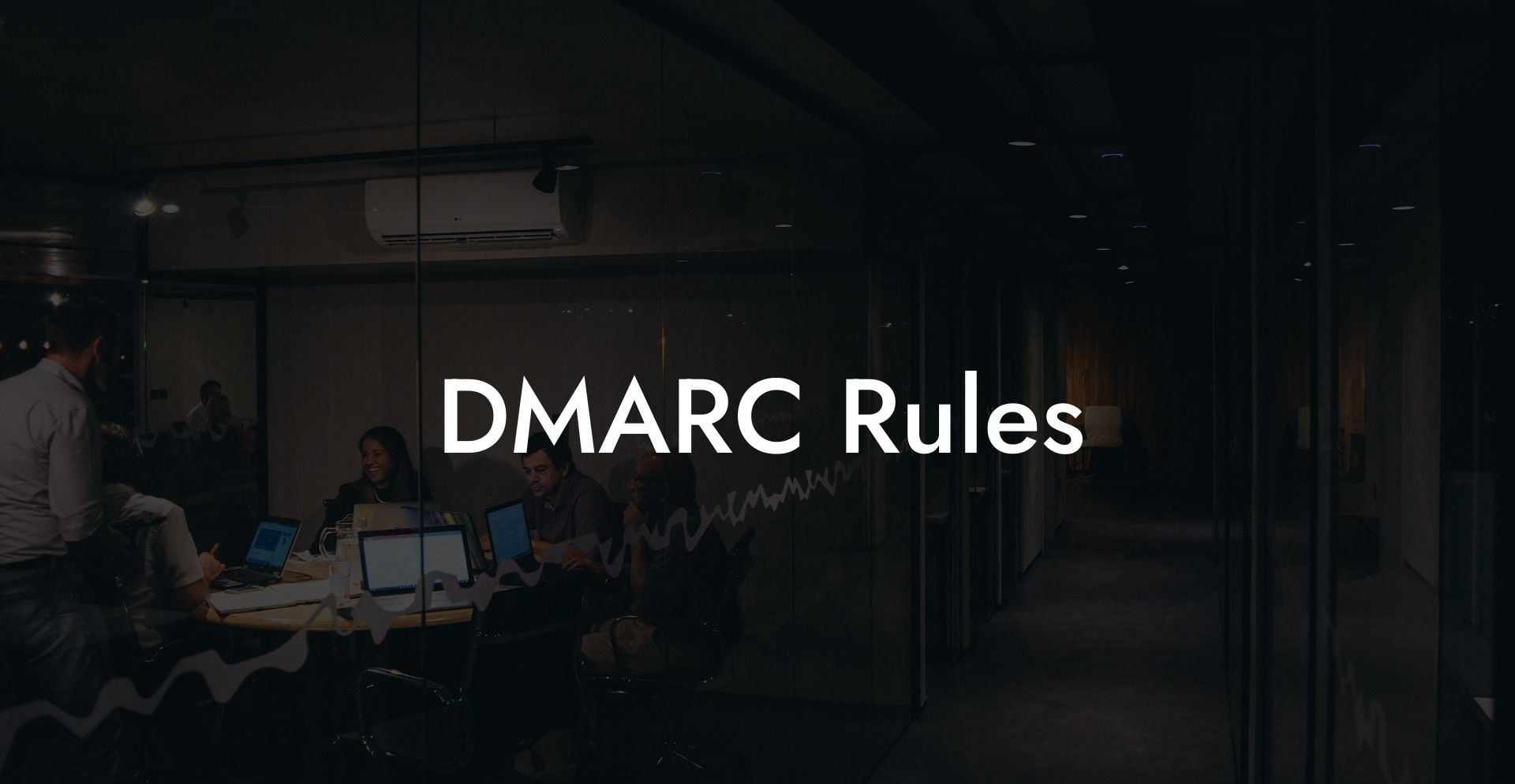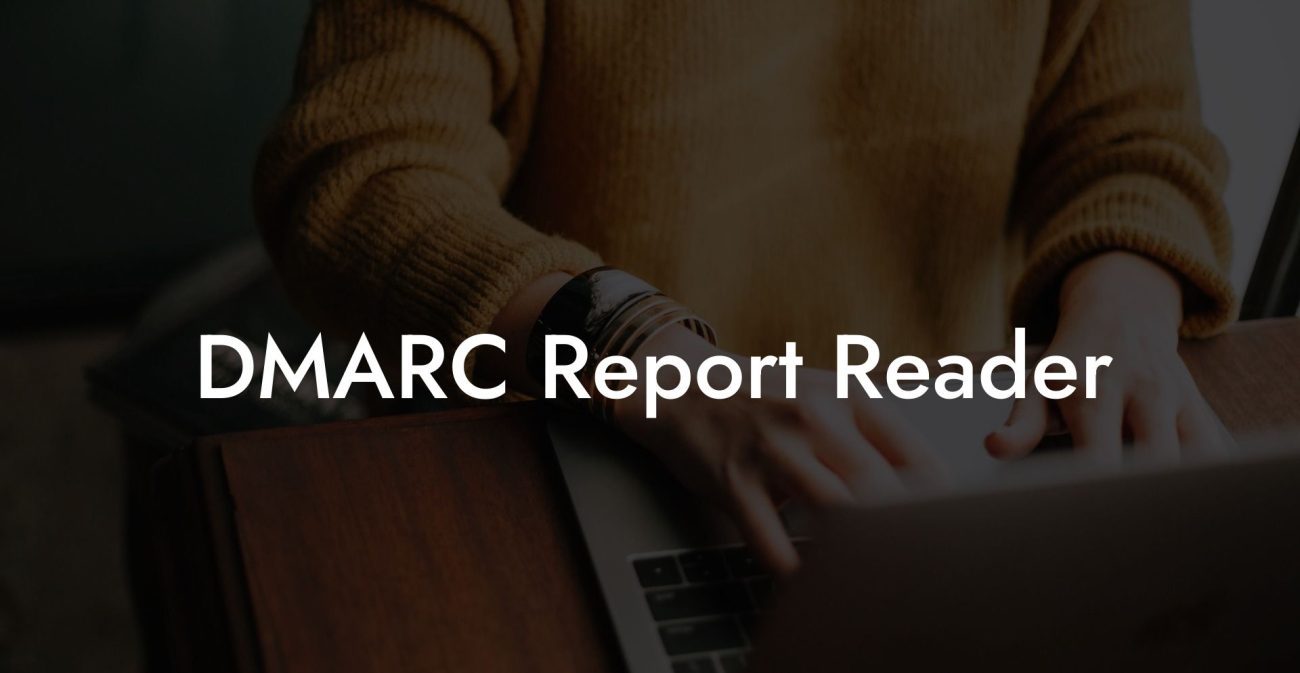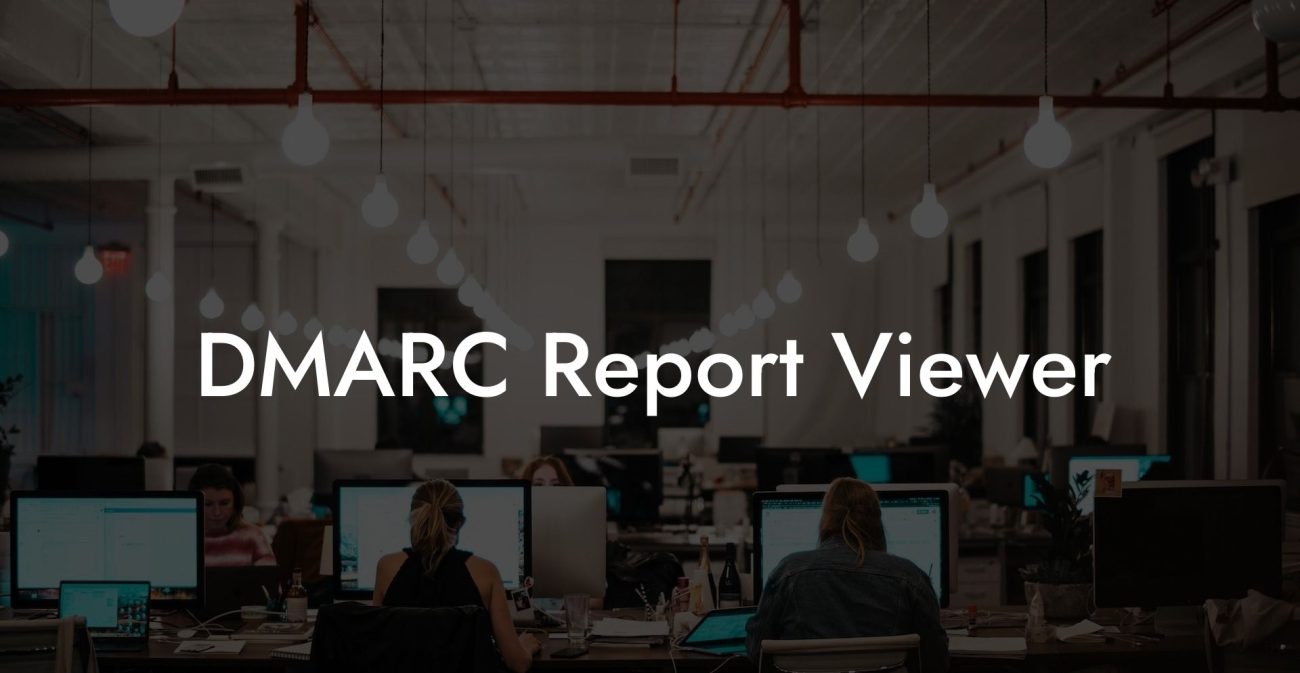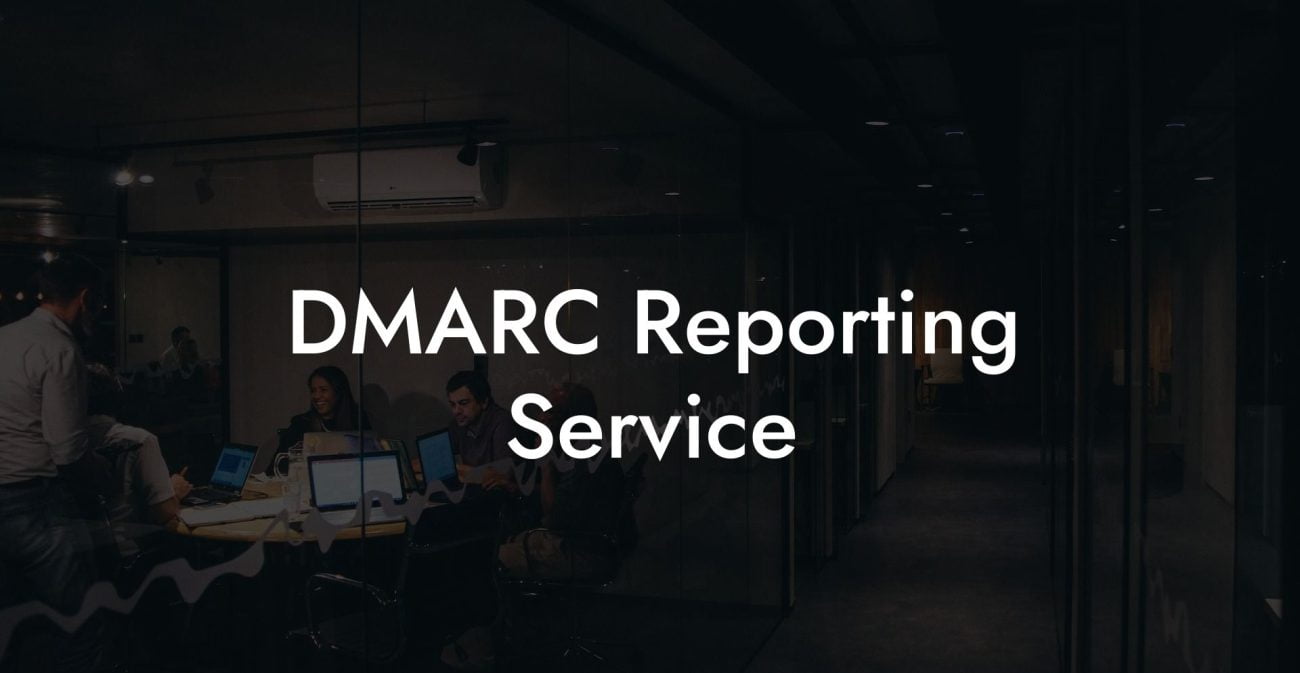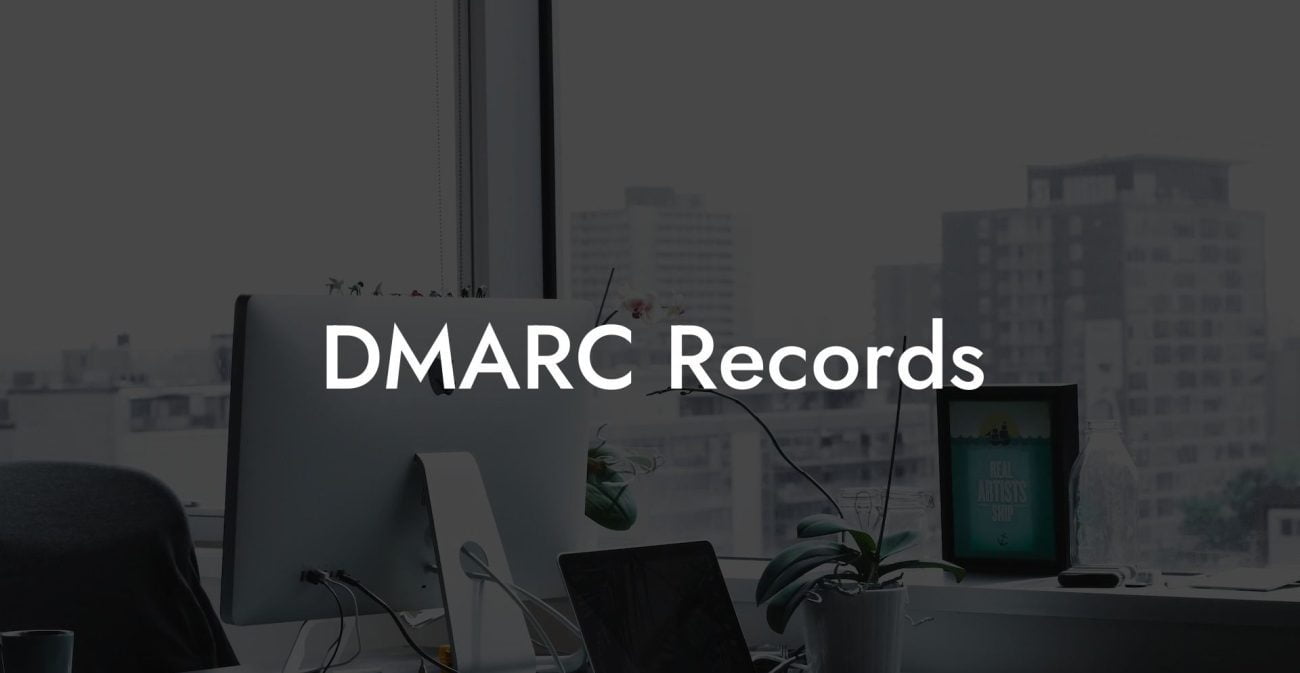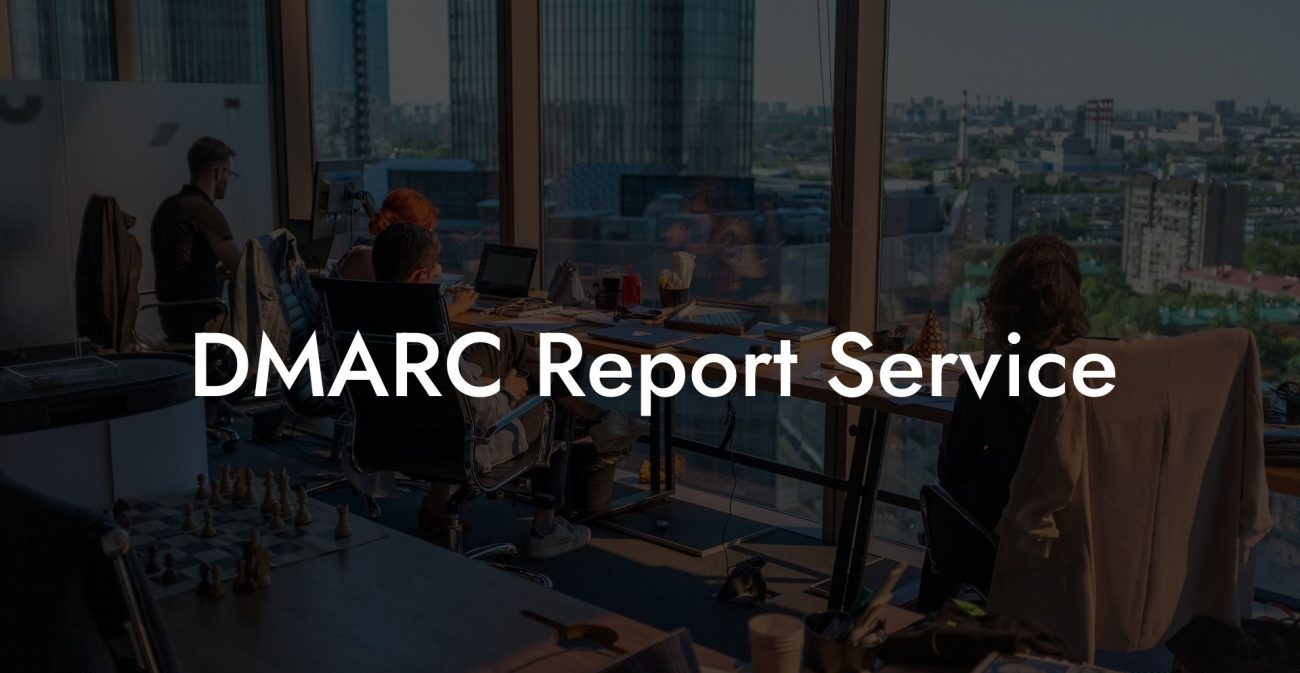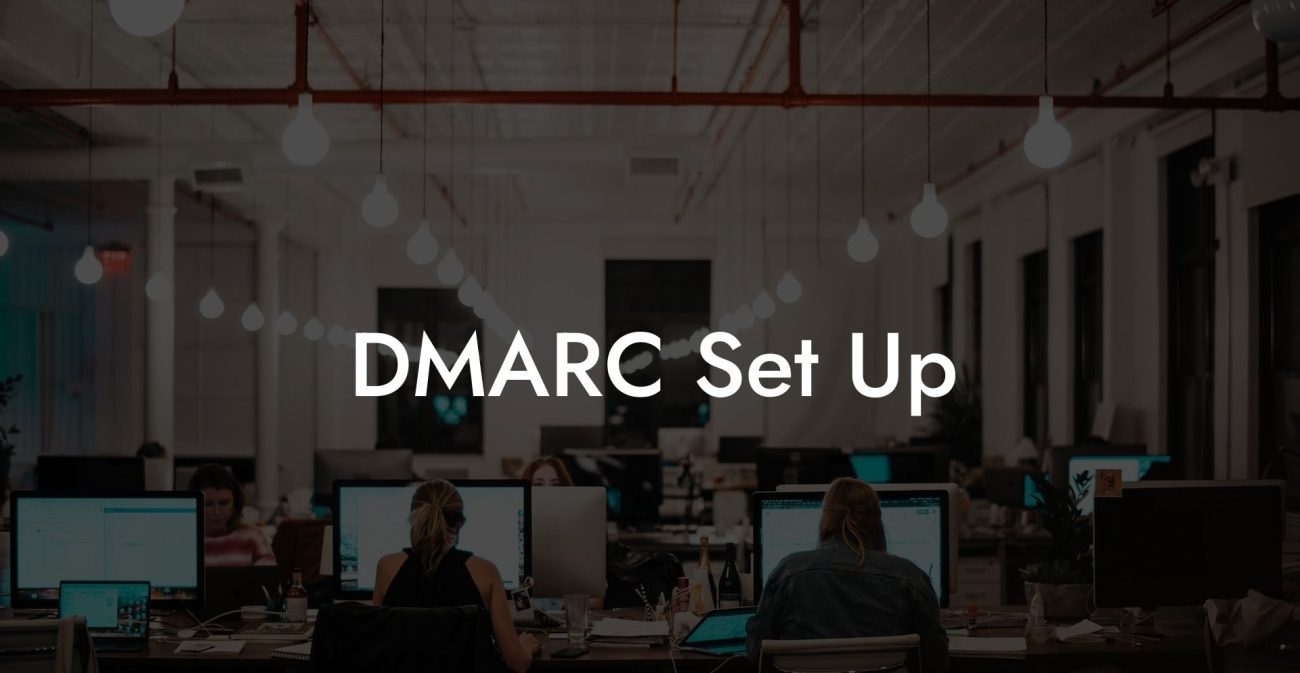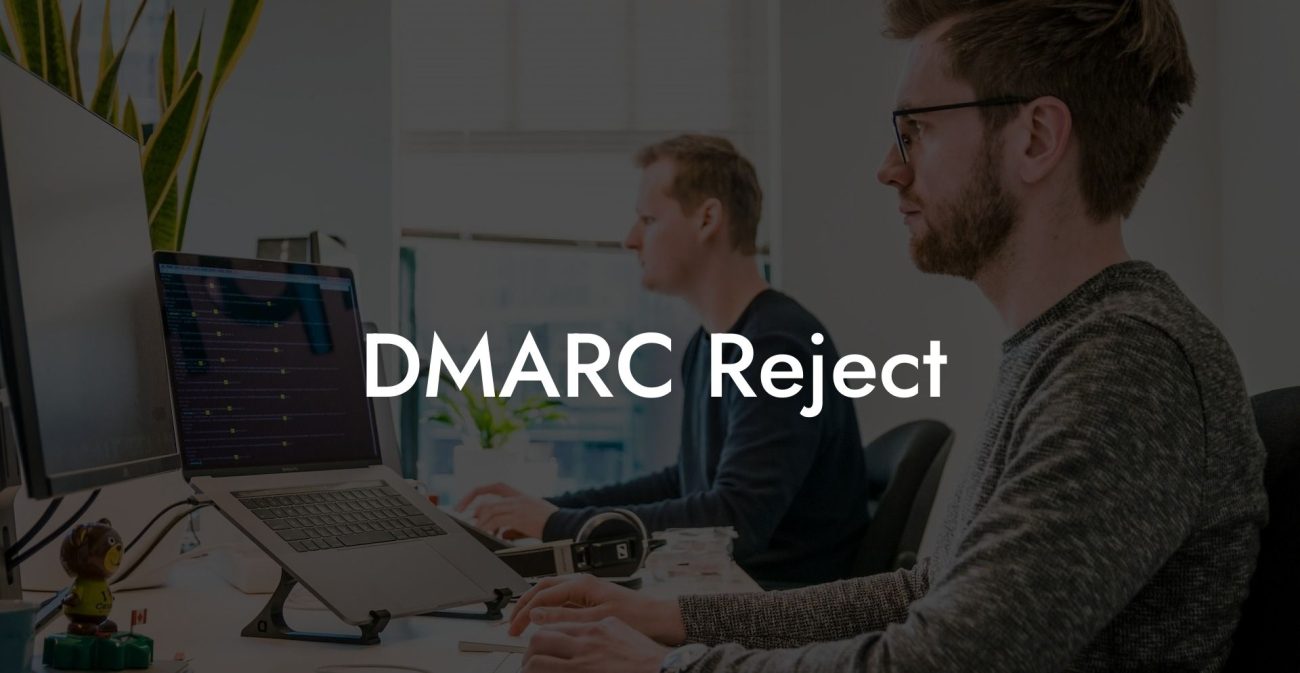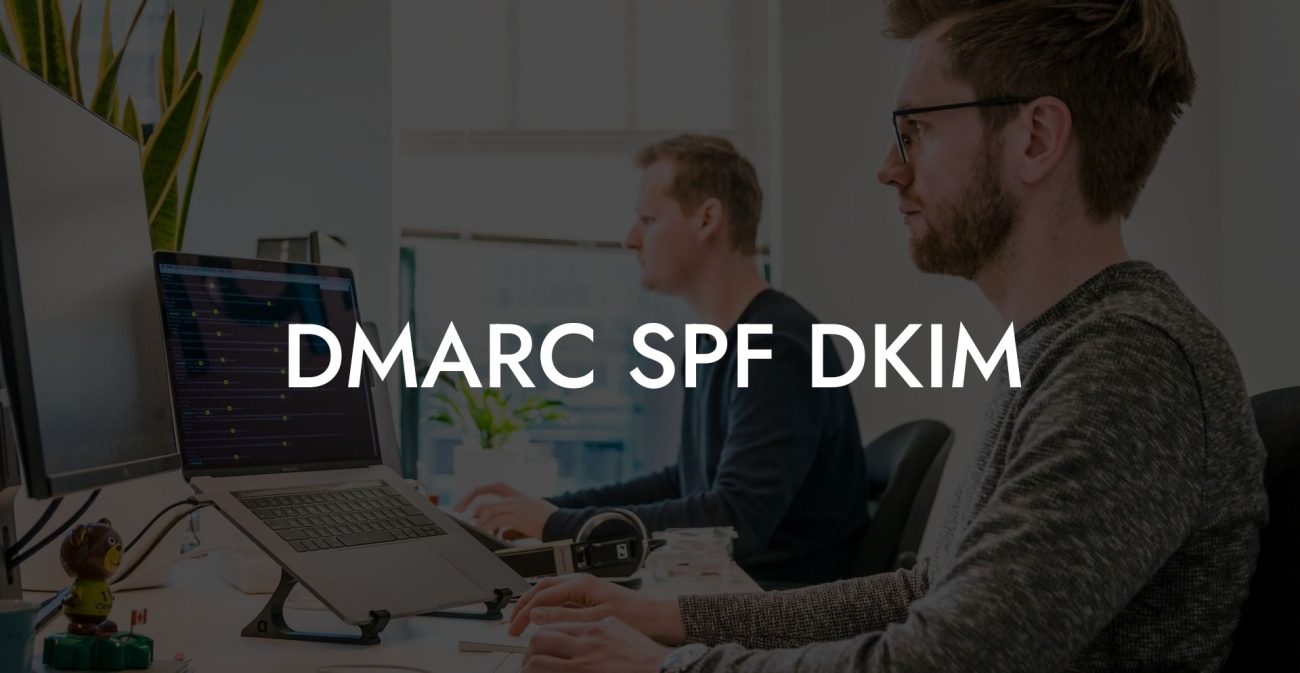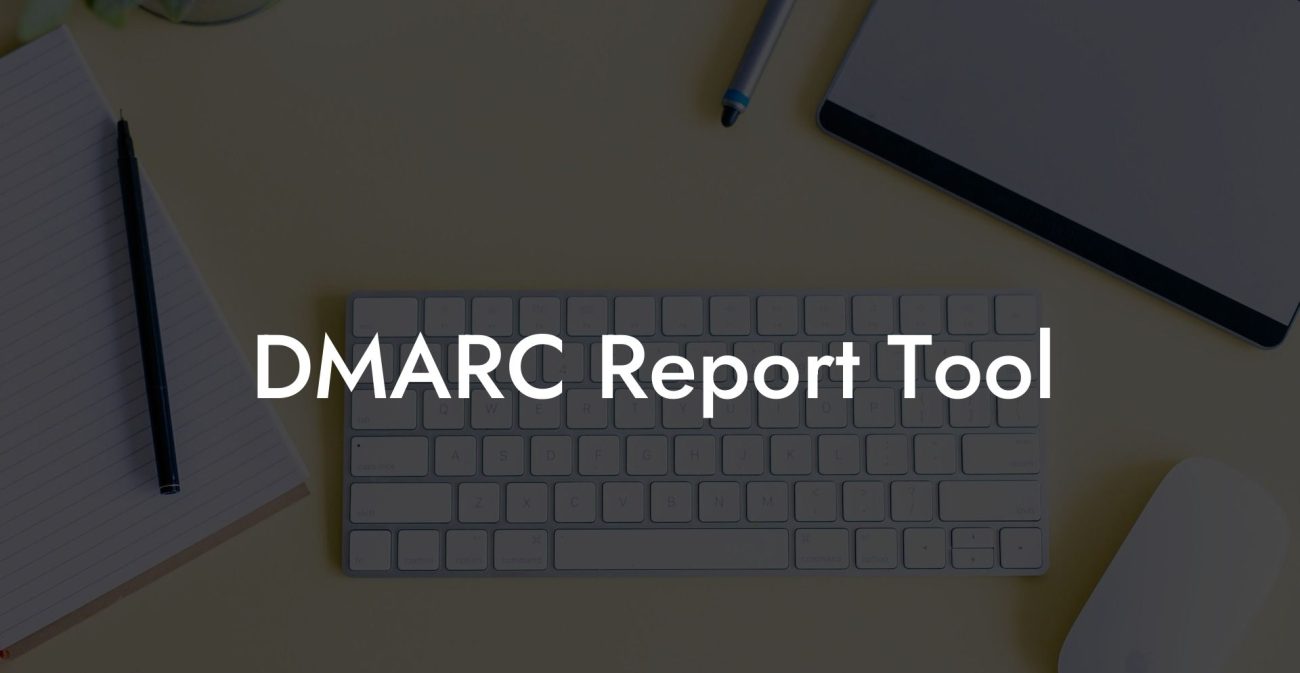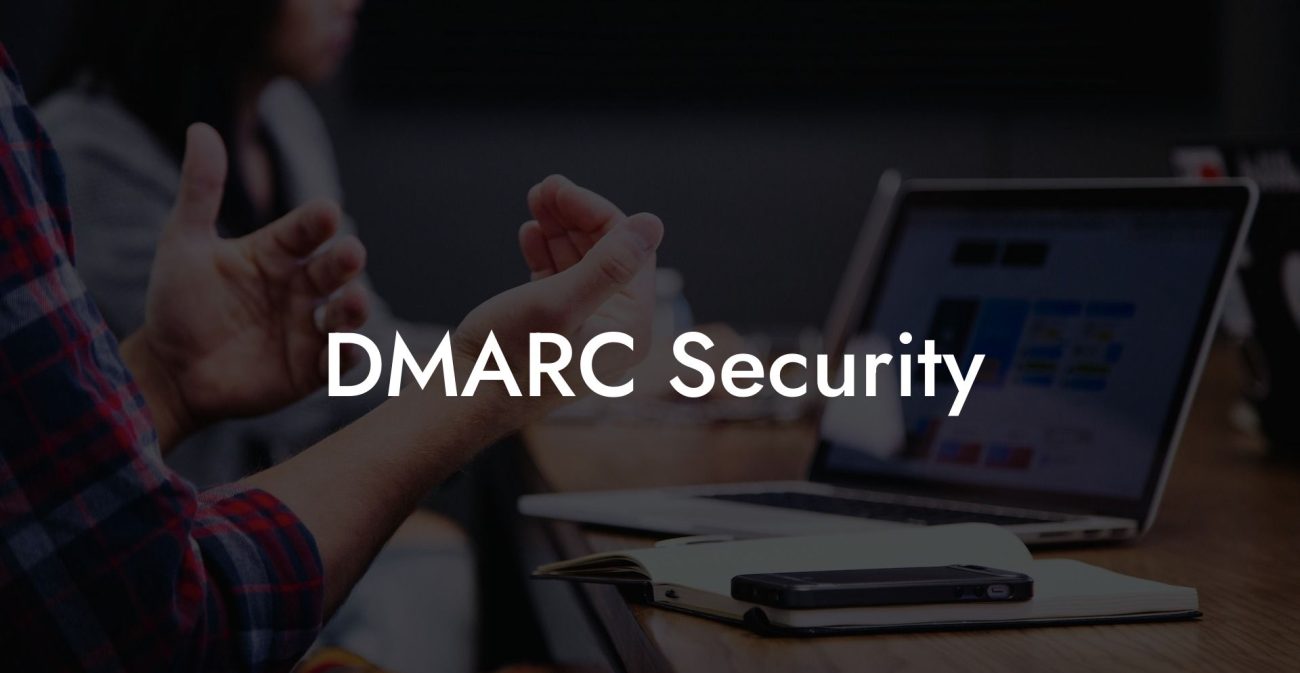In today's digital age, email security is a top priority for individuals and businesses alike. With the constant threat of phishing attacks and the damage they can cause, organizations must have a strong email security protocol in place to protect their valuable data. This is where DMARC rules come in. In this article, we will delve deep into the world of DMARC, discussing what it is, how it works, and how its implementation can significantly improve your email security.
DMARC Rules Table of Contents
Understanding DMARC
DMARC, or Domain-based Message Authentication, Reporting, and Conformance, is an email validation system designed to safeguard against email spoofing, phishing, and other forms of email-based fraud. It does this by leveraging two authentication mechanisms: SPF (Sender Policy Framework) and DKIM (DomainKeys Identified Mail).
Protect Your Data Today With a Secure Password Manager. Our Top Password Managers:
These mechanisms work in conjunction to create a robust email authentication process that ensures the sender's authenticity and, therefore, the legitimacy of an email. By implementing DMARC, you significantly reduce the risk of being targeted by phishing campaigns and protect your organization's reputation.
Key components of DMARC
- Authentication: DMARC uses the SPF and DKIM protocols to verify that incoming emails have not been tampered with and are legitimately from the sender they claim to be.
- Policy: DMARC allows domain owners to specify how unauthenticated emails should be handled. For example, they can choose to monitor, quarantine, or reject non-authenticated emails.
- Reporting: DMARC provides valuable feedback to domain owners regarding the authentication status of emails. With this data, domain owners can identify and mitigate email security threats and improve their DMARC policies.
Implementing DMARC to Defend against Phishing Attacks
By implementing DMARC rules, an organization can strengthen its email security and minimize the risk of falling victim to phishing scams. Here's how the process works:
Step 1: Set up SPF and DKIM
Your first step is to ensure that your organization's email infrastructure has implemented SPF and DKIM. Both protocols are vital to the success of DMARC, as they serve as the foundations for email authentication.
Step 2: Create and publish a DMARC record
Once SPF and DKIM have been set up, you'll need to create a DMARC record. This record will include your DMARC policy, specifying how you want unauthenticated emails to be handled (e.g., monitored, quarantined, or rejected).
Publish your DMARC record by adding it to your domain's DNS (Domain Name System) as a TXT record. This will make it publicly available, allowing receiving servers to verify the authenticity of emails sent from your domain.
Step 3: Monitor and analyze reports
DMARC generates detailed reports containing valuable information about your email authentication status. Analyzing these reports can help you identify potential security risks and fine-tune your DMARC policy to better protect your organization.
DMARC Rules Example:
Suppose ACME Corp. wants to enhance its email security and safeguard against phishing attacks. They begin by implementing both SPF and DKIM for their email infrastructure. Next, they create a DMARC record with a policy specifying that all unauthenticated emails be quarantined.
ACME Corp. publishes their DMARC record as a TXT record in the DNS, effectively implementing their DMARC rules. From this point on, any emails sent from ACME Corp. will be checked against their DMARC policy by the receiving servers. If an email fails this authentication process, it will be quarantined accordingly.
Lastly, ACME Corp. monitors and analyzes the DMARC reports, gaining valuable insights into their email authentication status. By following this process and continually refining their DMARC policy, ACME Corp. significantly reduces its vulnerability to phishing attacks.
In conclusion, implementing DMARC rules is an essential step towards securing your organization's email and mitigating the risk of falling victim to phishing scams. By following this guide and understanding the vital role that DMARC plays in email security, you can protect your organization's valuable data and reputation alike.
Don't forget to share this valuable information with your network and explore other guides on Voice Phishing to further enhance your cybersecurity knowledge. With the right measures in place, you can ensure a safer digital journey for your organization.
Protect Your Data Today With a Secure Password Manager. Our Top Password Managers:

